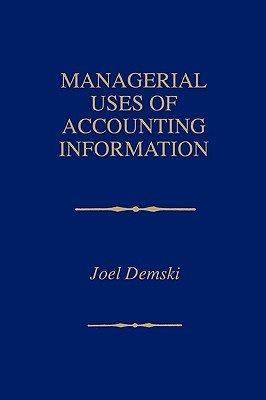recognition rules, varianees and produet eosts Ralph produees two products, eode named X and Y. The eost
Question:
recognition rules, varianees and produet eosts Ralph produees two products, eode named X and Y. The eost structure is estimated by the following LlAs:
direct material dollars DM = 40X + 60Y;
direet labor hours DLH = 2X + lY;
mrect labor dollars overhead OL = 150LH; and OV = 200,000 + 20M + O.SOL.
459 For simpIicity, no other eost elements are present. Also, OM eonsists of a single ehemical eompound purehased at a standard price of 10 per gallon. Ralph employs just-in-time inventory so raw material inventory is negligible.
aJ Determine the standard variable eost for eaeh produet.
b J With multiple independent variables in the OV budget, full eosting is problematic. Suppose normal produetion volume calls for X = Y = 500 units.
Determine the standard full eost for eaeh produet in eaeh of three ways: by alloeating the fixed overhead on the basis of physieal units, on the basis of direet labor hours, and on the basis of total variable overhead.
e J Produet X is produeed for the loeal munieipality. The eontraeting relationship with Ralph has been questioned by the local newspaper. Ralph eontends selling X to the municipality is actually done at a loss. The negotiated price is 400 per unit.
What eost datum might Ralph supply to support the eontention of aloss?
dj Now assume Ralph uses standard variable eosting for internal purposes. During a recent period produetion totaled X = 500 and Y = 600. Sales totaled 450 units of X and 700 units of Y. Actual manufaeturing eosts were as follows:
Oirect Materials: 5,500 gallons purchased and used, with a purehase price of 10.5 per gallon;
Oireet Labor: 1,7oototal hours, at theposted wage rate of 15 perhour; and Overhead: 365,000 in total, of whieh 210,000 is estimated to" be fixed.
Caleulate all relevant varianees.
eJ What was the eost of goods sold during the period in part [dj above?
f] Suppose X sells for 400 per unit (as noted) while Y sells for 350 per unit.
Further suppose Ralph faces a eapacity eonstraint such that total direet labor hours eannot exceed 2,000 hours. Determine Ralph's optimal produetion SQhedule.
gJ With this additional structure, would you care to ehange your answer to [e]
above? If so, what answer would you give now?
hJ Suppose Ralph implements the solution you determined in part [f) aboveo Actual eosts are precisely as predieted, except the labor required to manufacture produet X is one instead of two hours. What variances will Ralph's internai accounting system report? (Remember, you explored this accounting system in part
[dj above.)
iJ Suppose Ralph had known of this ehange in labor Il!quirements at the time the analysis in part [f] above was done. What would the optimal produetion schedule have been? How mueh did this mistake eost Ralph? Why does Ralph' s accounting system not reeord the eost of this mistake?
j] Finally, suppose Ralph "implements" the solution you detennined in part [f]
above. Actual costs are precisely as predicted, exeept the labor required to manufacture product Y is two hours instead of one hour. (Remember, capacity to tais 2,000 direct labor hours. Under these circumstances, only 1,000 units of Y could be produeed.) What varianees will Ralph's internai accounting system report? What does this mistake cost Ralph? Why does Ralph's accounting system record the presenee of this mistake but assign it an "incorrect" number?AppendixLO1
Step by Step Answer:






